Dog Care: A Step-by-Step Guide to Keeping Your Pet Healthy and Happy

As a dog owner, it’s essential to know how to take care of your pet to ensure they live a long, happy, and healthy life. From feeding and grooming to exercise and mental stimulation, every aspect of your dog’s care plays a vital role in their well-being. This guide provides a comprehensive, step-by-step approach to taking care of your dog, so you can provide the best life possible for your furry companion.
1. Proper Nutrition
The foundation of good health for any dog starts with proper nutrition. Dogs need a well-balanced diet to maintain their energy levels, support their immune system, and keep their coat and skin healthy. Depending on your dog’s age, breed, and size, their dietary needs will differ.
- Puppies: Require high-quality puppy food to support their rapid growth and development.
- Adult Dogs: Should be fed a balanced diet based on their activity level, weight, and overall health.
- Senior Dogs: May need food formulated to support joint health and provide lower calories.
Consult with your veterinarian to determine the best food for your dog. Remember to always provide fresh water and avoid feeding them table scraps, as some human foods can be harmful to dogs.
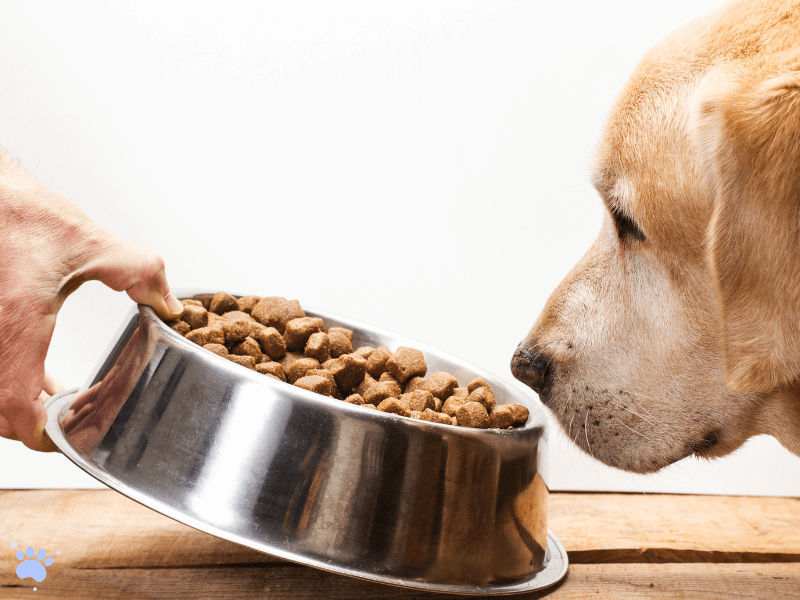
2. Regular Exercise
Exercise is essential to your dog’s physical and mental well-being. Regular physical activity helps maintain a healthy weight, supports strong bones and muscles, and reduces the risk of obesity. Additionally, exercise provides an outlet for energy, which helps reduce behavioral problems.
- Active Dogs: Dogs like Border Collies and Labrador Retrievers need long walks and opportunities to run or play in open spaces.
- Less Active Dogs: Small breeds or older dogs may only require shorter walks and low-impact activities.
Make sure to provide daily exercise and mental stimulation. Interactive toys, puzzle feeders, and play sessions can keep your dog engaged and prevent boredom.
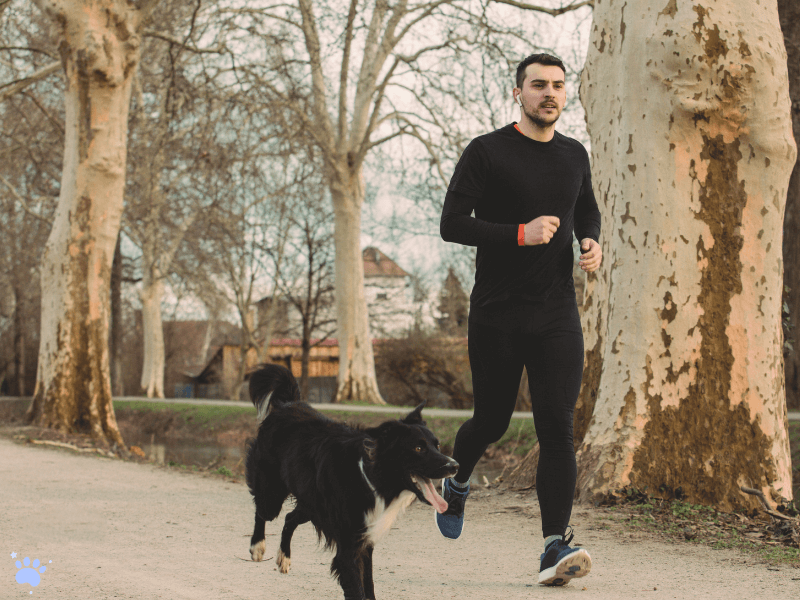
3. Grooming and Hygiene
Regular grooming is essential to keep your dog looking and feeling great. Grooming helps remove dirt, dead hair, and tangles, and also prevents matting, especially in long-haired breeds.
- Brushing: Depending on your dog’s coat type, you should brush them several times a week. Some breeds, like Poodles, need to be trimmed regularly, while others, like Golden Retrievers, require frequent brushing to avoid matting.
- Bathing: Bathing your dog every few months or as needed is important for hygiene. Use dog-specific shampoos to avoid skin irritation.
- Nail Trimming: Trim your dog’s nails regularly to prevent them from becoming too long and causing discomfort or injury.
Don’t forget to check your dog’s ears for dirt and infection, and brush their teeth to prevent dental issues.
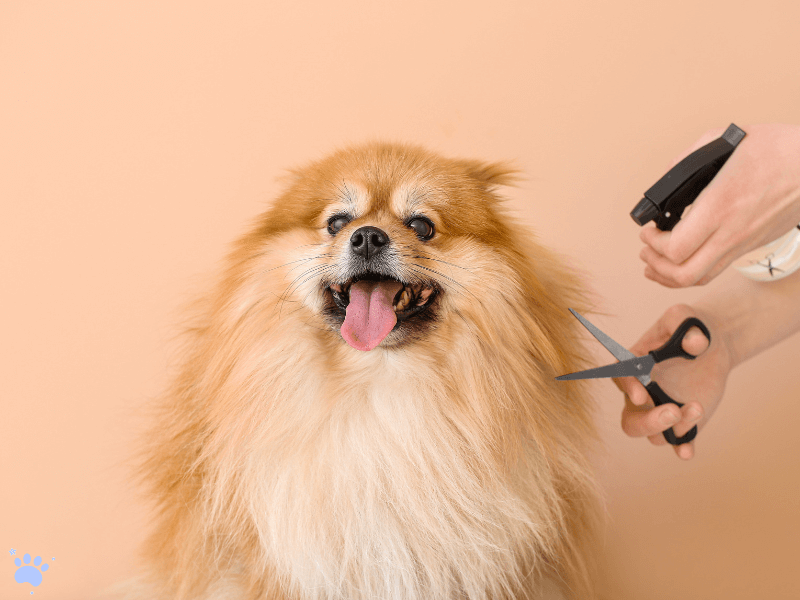
4. Regular Vet Checkups
Routine veterinary visits are essential for your dog’s health. Your vet can catch potential health problems early and provide vaccinations, parasite prevention, and overall health assessments.
- Vaccinations: Keep your dog up-to-date on vaccinations to protect them from serious diseases.
- Parasite Prevention: Regular treatments for fleas, ticks, and worms are essential.
- Health Screenings: As dogs age, they may need more frequent check-ups to monitor heart health, joint condition, and other concerns.
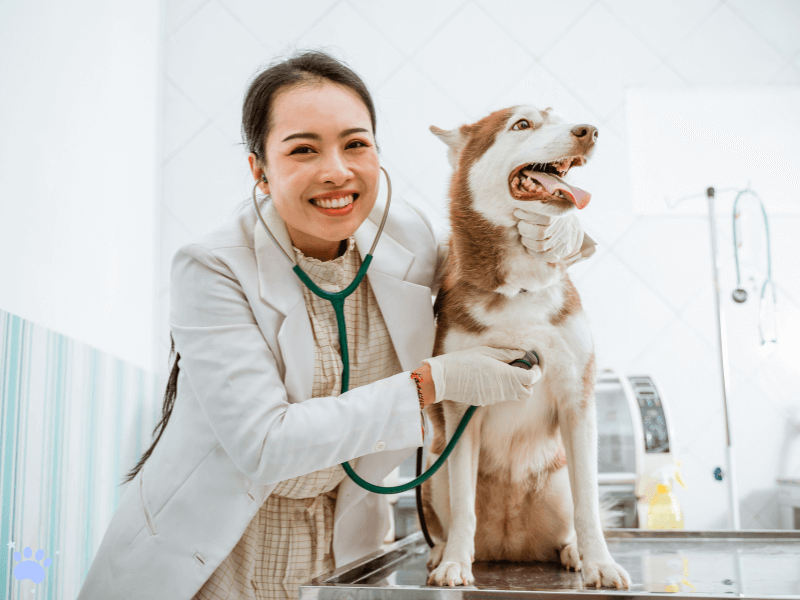
5. Mental and Emotional Care
Dogs are highly social animals and need emotional stimulation as well as physical activity. Providing mental stimulation can prevent anxiety and destructive behaviors.
- Training: Positive reinforcement training is a great way to bond with your dog and teach them important commands.
- Socialization: Expose your dog to different environments, people, and other animals to help them become well-adjusted.
- Comfort: Dogs thrive in stable environments. Ensure they have a comfortable space to rest, especially during stressful situations.

6. Love and Affection
The most important aspect of dog care is love and affection. Your dog is a loyal companion, and showing them kindness, patience, and attention will strengthen the bond between you.
- Quality Time: Spend time with your dog every day, whether it’s a walk, a play session, or just cuddling on the couch.
- Positive Reinforcement: Use praise and treats to reinforce good behavior and create positive associations.
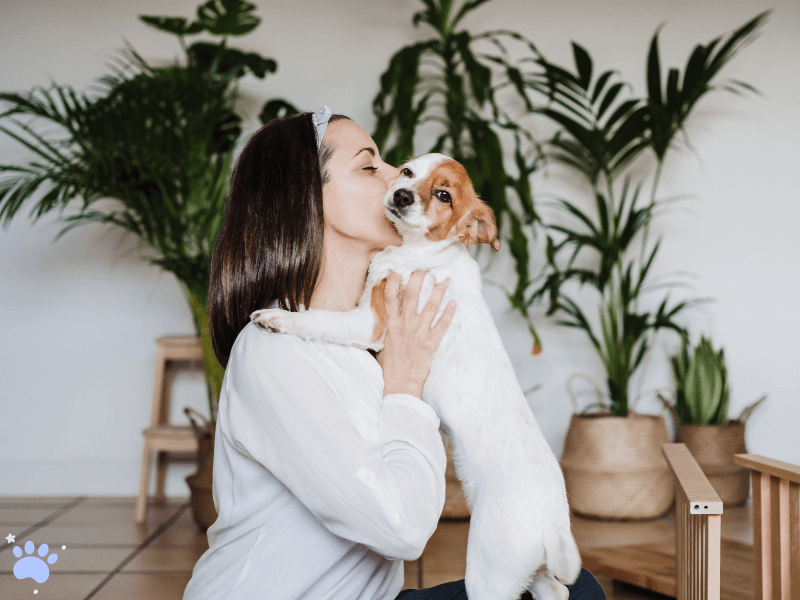
Conclusion: Keep Your Dog Happy and Healthy
Taking care of a dog requires time, effort, and dedication. By following this step-by-step guide to feeding, exercising, grooming, and providing emotional care, you’re giving your dog the best chance at a long, fulfilling life. Always remember, a healthy dog is a happy dog, and your love and attention will keep them thriving for years to come.
FAQ :
1. How often should I feed my dog?
- Answer: The frequency of feeding depends on your dog’s age, size, and activity level. Most adult dogs should be fed twice a day, while puppies may need 3-4 meals a day. Consult with your vet to determine the ideal feeding schedule for your dog.
2. How much exercise does my dog need daily?
- Answer: The amount of exercise a dog needs varies by breed and age. Active breeds like Border Collies or Labs may require 1-2 hours of exercise daily, while smaller or older dogs may only need 30-45 minutes. Regular walks, playtime, and mental stimulation are essential for your dog’s health.
3. How can I tell if my dog is overweight?
- Answer: You can check if your dog is overweight by feeling their ribs. You should be able to feel their ribs without a thick layer of fat covering them. If you notice your dog has difficulty moving or breathing heavily, they might be overweight. Consult a vet to establish a healthy weight for your dog.
4. How often should I groom my dog?
- Answer: Grooming frequency depends on the breed and coat type. Long-haired dogs like Poodles or Shih Tzus need grooming every 4-6 weeks, while short-haired dogs like Beagles may need brushing 1-2 times a week. Regular grooming helps maintain a shiny coat and prevents matting.
5. Is it necessary to take my dog to the vet for regular check-ups?
- Answer: Yes, regular vet visits are crucial for maintaining your dog’s health. Annual check-ups allow your vet to monitor your dog’s overall health, provide vaccinations, and address any potential health issues early. Senior dogs may require more frequent visits.
6. Can I feed my dog human food?
- Answer: Some human foods are safe for dogs in moderation, such as cooked chicken or carrots. However, many foods like chocolate, onions, and grapes are toxic to dogs. Always consult your vet before offering human food to your dog.
7. How do I prevent my dog from getting fleas and ticks?
- Answer: Flea and tick prevention is important year-round, not just during warm weather. Use flea and tick prevention medications recommended by your vet, and regularly check your dog for signs of fleas or ticks, especially after outdoor activities.
8. What should I do if my dog is anxious or stressed?
- Answer: If your dog is anxious, ensure they have a safe, quiet space to relax. Regular exercise, interactive toys, and mental stimulation can help alleviate stress. For severe anxiety, talk to your vet about calming products or behavioral therapy options.


